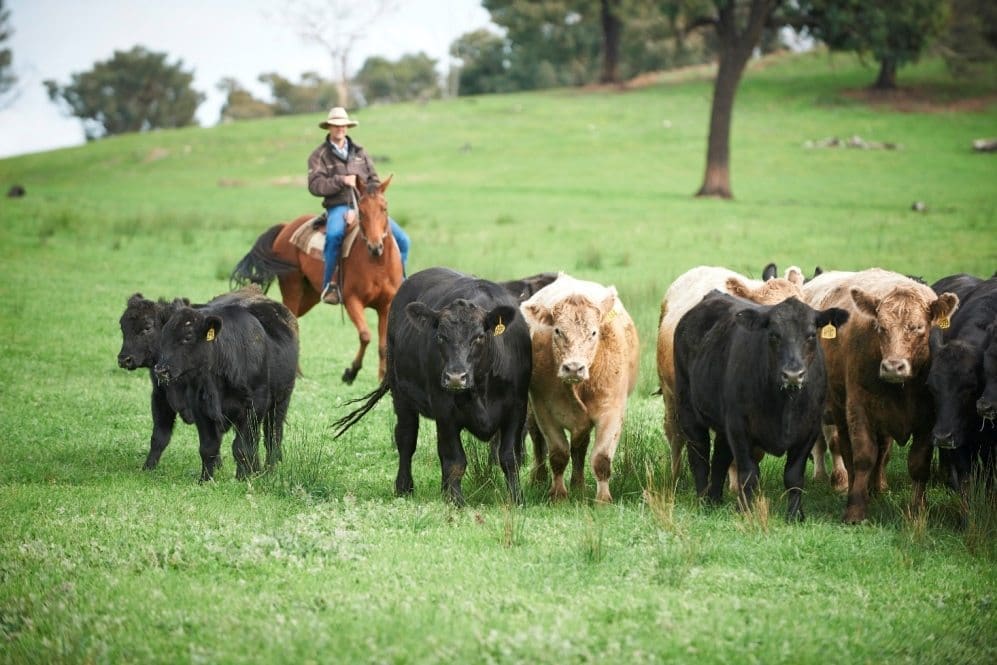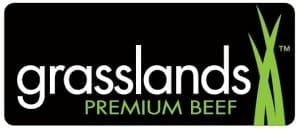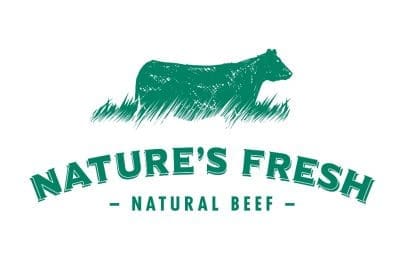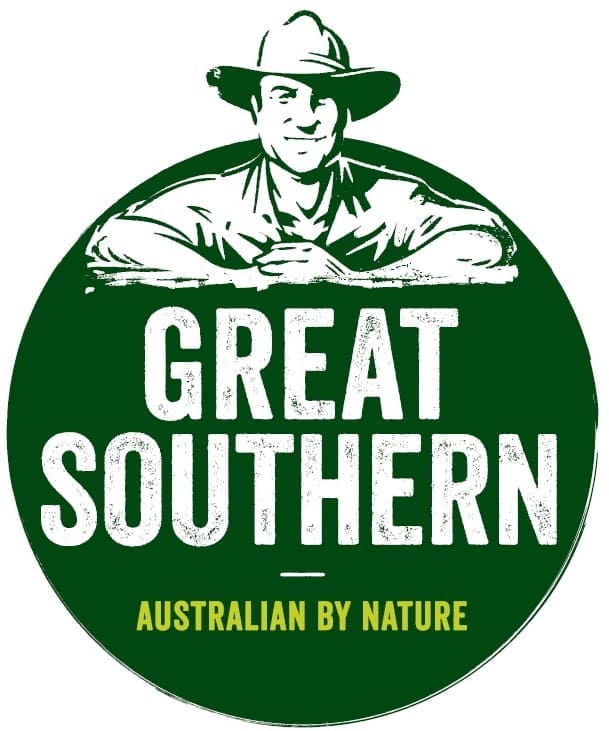
THERE’S been a dramatic rise in some Certified Grassfed cattle price grids in recent weeks, contrasting sharply with the general price deterioration in the cattle market during April, and especially since the added burden of COVID-19.
Some large certified grassfed brand programs have shot up by 50c/kg over the past week, hitting close to record levels. Premiums being seen in some grassfed programs over ‘generic’ four-tooth steer prices are at, or very near a dollar a kilogram, or $350 a head on a 350kg steer carcase.
Companies whose grids have lifted sharply were reluctant to talk about the reasons when approached by Beef Central, apparently for competitive reasons. But based on discussions this morning with a range of supply chain stakeholders, three or four key factors appear to be driving the development:
- Sharply elevated demand from within the US retail market segment, including online sales, since the onset of COVID-19. As it has in Australia, US retail has grown dramatically since March, following the virtual closure of the food service restaurant, hotel and cafe segment
- A broader move among COVID-spooked consumers, both domestically and overseas, towards seeking-out products with an elevated claim around ‘healthiness’ and ‘wholesomeness’ – whether that be fresh fruit, or beef products that carry ‘Natural’, ‘Grassfed’ ‘Organic’ or simply ‘clean and green’ claims
- Shortage of supply of eligible Certified Grassfed cattle following last year’s drought has also been proffered as a factor, while producers hold back cattle to make use of new feed.
- Growing popularity of certified grassfed beef supplied by major processors in Australian domestic supermarkets, where overall beef demand has shot-up during COVID-19.
Unlike ‘generic’ cattle grids which are reasonably easy to access, pricing on cattle for specialised company brand programs tends to be retained within supplier groups, and is more difficult to source. Here is what we have learned about some examples of big money being paid by certified grassfed and natural supply chains this week:
 Teys Australia is currently offering 660c/kg in its southern and central Queensland plants on 0-4 tooth cattle fitting its Grasslands Certified Grassfed (MSA, no HGP) program. That’s up from 610c in the previous grid issued just a fortnight ago. This week’s Grasslands Queensland grid compares with 590c/kg on Teys’ HGP-free 100-day grainfed steer – a premium of 70c on a product that up until only a few years ago was being discounted against grainfed. It’s only four or five years ago that Beef Central was writing ‘milestone’ articles when certified grassfed for the first time matched grainfed cattle in prices. Today’s Grasslands grid price is 100c/kg better than Teys offer on generic four-tooth grassfed HGP-free ox, at 560c.
Teys Australia is currently offering 660c/kg in its southern and central Queensland plants on 0-4 tooth cattle fitting its Grasslands Certified Grassfed (MSA, no HGP) program. That’s up from 610c in the previous grid issued just a fortnight ago. This week’s Grasslands Queensland grid compares with 590c/kg on Teys’ HGP-free 100-day grainfed steer – a premium of 70c on a product that up until only a few years ago was being discounted against grainfed. It’s only four or five years ago that Beef Central was writing ‘milestone’ articles when certified grassfed for the first time matched grainfed cattle in prices. Today’s Grasslands grid price is 100c/kg better than Teys offer on generic four-tooth grassfed HGP-free ox, at 560c.- In Teys southern Australian operations, prices of 700c/kg or better have been indicated for Grasslands cattle, for future kills. Some of that may reflect the typical winter feed supply shortage common across southern Australia.
 NH Foods’ Nature’s Fresh Certified Grassfed program is this week offering 645c/kg for 0-4 tooth cattle meeting the program’s requirements (and just 5c less for six-tooth), for slaughter at Oakey or Mackay. Compare this with the same company’s offer of 555c on conventional four tooth Jap ox this week. Eligibility for the Nature’s Fresh brand program come via an internally-audited farm assurance scheme.
NH Foods’ Nature’s Fresh Certified Grassfed program is this week offering 645c/kg for 0-4 tooth cattle meeting the program’s requirements (and just 5c less for six-tooth), for slaughter at Oakey or Mackay. Compare this with the same company’s offer of 555c on conventional four tooth Jap ox this week. Eligibility for the Nature’s Fresh brand program come via an internally-audited farm assurance scheme.- The smaller Flinders Natural program, being killed at Stanbroke’s Grantham plant in southern Queensland, is understood to be offering similar money to Teys this week – around 660c/kg for certified grassfed cattle.
 In southern parts of Australia, JBS’s Great Southern farm-assured program has not shown the same sharp rises, understood to be currently offering 620c/kg* for eligible cattle for kills week commencing 10 May, through the company’s Scone, Brooklyn and Tasmanian sites. * Editor’s note: This figure was based on incomplete information at time of writing. The 620c/kg grid price applied at one of three JBS Southern sites processing cattle for the Great Southern program, but other sites were higher, Beef Central understands. A more comprehensive summary of JBS’s Great Southern latest grids, which are revised each Friday or Monday, will appear later today.
In southern parts of Australia, JBS’s Great Southern farm-assured program has not shown the same sharp rises, understood to be currently offering 620c/kg* for eligible cattle for kills week commencing 10 May, through the company’s Scone, Brooklyn and Tasmanian sites. * Editor’s note: This figure was based on incomplete information at time of writing. The 620c/kg grid price applied at one of three JBS Southern sites processing cattle for the Great Southern program, but other sites were higher, Beef Central understands. A more comprehensive summary of JBS’s Great Southern latest grids, which are revised each Friday or Monday, will appear later today.- Certified Organic cattle are also being swept along with the current consumer focus on ‘clean and green’ product, Beef Central understands. Organic-eligible cattle prices are much less variable than other parts of the market, but are currently sitting around 700c/kg.
A large supply chain stakeholder agreed that foods with ‘healthy’ claims had been elevated up the consumer priority list during COVID lockdowns.
MLA managing director Jason Strong made similar observations during a recent interview with Beef Central published on 6 April.
“Out of this COVID-19 issue, we are seeing some incredibly positive information coming out about the perception of Australian product in the international market,” Mr Strong said.
“The view is that consumers under challenge from the virus threat are gravitating more strongly towards products they identify as clean & green. While it is still in its early stages, we are seeing some consumer data coming in which supports that very strongly – particularly in China. We think that is going to be very positive in the months ahead, for Australian red meat,” Mr Strong said.
High demand in US for Australian natural beef
A supply chain contact with strong connections with the US market said this morning that under the current conditions, Australian grassfed, natural and organic product was “barely hitting the retail shelves in the US before it is gone again.”
“The US retail market, in the absence of a complementary food-service market, is currently massive – and the US domestic beef industry does not produce a lot of this product which is currently resonating with consumers who are looking for ‘healthy’ options,” he said. “Rapid growth in online beef sales in the US has only added this momentum.”
“A lot more American consumers stuck at home under COVID are looking for products that tick one or more of these natural boxes, and the US is looking to the Uruguays, Australias, and New Zealands, to a lesser extent, to fill that gap.”
“Demand is currently massive for these type of products through big retailers like Kroger, Safeway, Wholefoods, Costco and others. They are selling their socks-off for natural, organic and grassfed beef, because of the healthiness factor, during a time when consumers feel threatened, and under attack.”
Asked whether this current trend was being influenced further by meatworks closures in the US, he said it was not seen as a factor – yet.
“This trend started well before meatworks started to shut in the US. It may yet add to it, but it’s impossible to tell at this point.”
Another segment that has seen increased US demand recently was fattier trim and manufacturing meat, the trade source told Beef Central.
Australian lean 90CL trim is traditionally in highest demand, blended with fattier US grainfed trim to produce the ideal hamburger pattie. But the decline in US beef production due to COVID had seen both reduced demand for Australian 90CL for blending, and increased demand for Australian fattier trim to replace US domestic supply, the contact suggested.
Cold storage operations remained another challenge in the US at present, he said, with many cold stores operating on ‘skeleton crews’ due to the COVID 19 epidemic sweeping the US.
“But prior to the recent spate of plant closures, the US had plenty of grainfed beef supply, and the cold stores were full.”
“As US consumers have abandoned eating at restaurants and cafes and are holed-up at home, the supply that is really tight is the segments that Australian grassfed, never-ever, natural and organic beef fills, which have grown rapidly in size with the move by consumers to retail sales.”
“Most Australian suppliers of this type of beef have their alignments with large US retailer customers, and when the sudden rise in retail demand happened over the past month, it created a serious vacuum for this type of product.”
“We’re getting calls from large US retailers we have never heard from before, saying we have empty shelves for your type of product,” the contact said. “That demand pull is generating the sort of price rises currently being seen for grassfed, natural and organic. They are selling more than we can supply at present.”
“US consumers are not going to restaurants, so they have more discretionary spending money in their pocket. They are cooking at home, and more of them are starting to think more about health, and dietary considerations of what they cook. Buying what they perceive as wholesome, clean and natural products is part of a ‘reward’ during times of stress and financial difficulty. We saw exactly the same thing happen during the 2008 Global Economic Crisis, where people felt like they were looking after their family, and making the right buying choices.”
“At times like this, such choices are less likely to be Wagyu, and more likely to be grassfed, no HGP, no antibiotic beef, because of the perceived health benefit.”
“In exactly the same way, fresh fruit and vegetable sales are up in the US, also – it’s all supportive of eating better, and taking care of their family.”



HAVE YOUR SAY